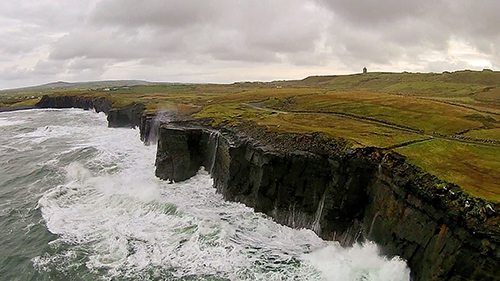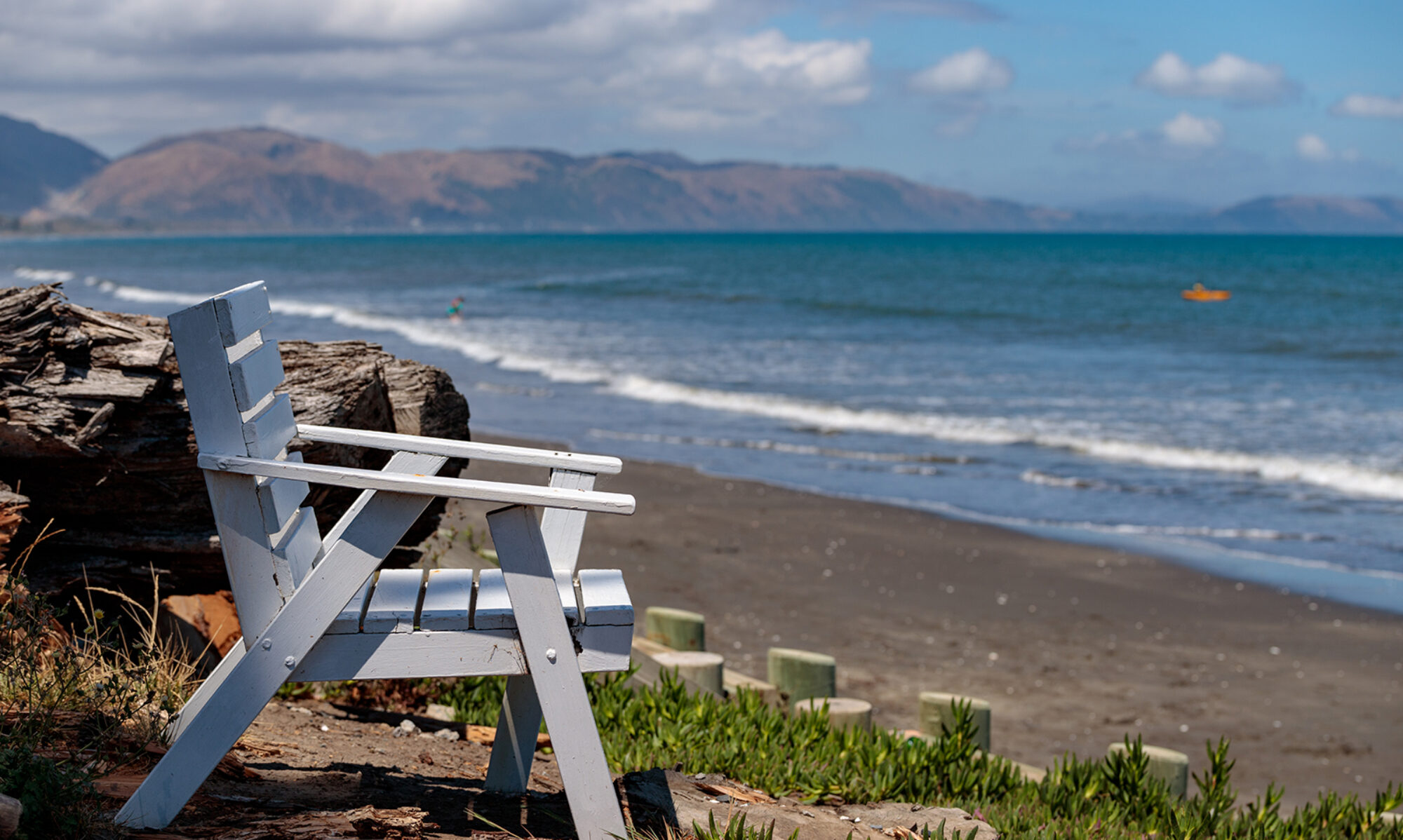
This Sunday’s Gospel is considerably long – it is the story of the death and raising to life of Lazarus, the brother of Martha and Mary. Proclaiming the story offers its own challenges, standing and listening I would well imagine offers considerably more!
Did you know Lazarus has his own website? For those with the slightest interest it “is a Delphi compatible cross-platform IDE for Rapid Application Development. It has variety of components ready for use and a graphical form designer to easily create complex graphical user interfaces.” I have absolutely no idea what any of that means!!
However, back to our Gospel.
Elements of the story that have given me cause for reflection.
Firstly, the story is recounted only in the Gospel of St. John. I would have thought such an astonishing event would have been recorded ‘everywhere’. Today, such a miracle would have been front page news on Tik Tok, Instagram, Facebook, and media outlets worldwide! Why the silence on the part of Matthew, Mark, and Luke?
Secondly, while the story itself is long, maybe we could well compress the story to one sentence, and in fact two words – “Jesus wept”. While the story is indeed about Lazarus, it also affords me the opportunity to reflect on the response of Jesus. “Where have you laid him?” is the enquiry of Jesus, and when shown the sight, the immediate, spontaneous, response of Jesus is one of tears.
Tears are an integral part of our being human; they come as a response to joy, to happiness, to delight, to wonder, to awe. They come too as a response to deflation, to disappointment, to sadness, to pain, and to grief.
Tears are in fact an important part of the human persons communication system – when the human vocabulary seems at a loss to express the feeling quality associated with an occasion or a person, the vocabulary of emotion takes over. Tears communicate all manner of feeling. This is communicated again in our Gospel story, “so the Jews said, ‘see how he loved him!’ “.
The third reflective point for myself is that all this happened in public! Jesus’ grief was overt, available for all to see! He was in fact a Jewish man exhibiting his Jewishness! As ‘mature’ Caucasians we are more inclined (though not all of us) to weep in private. Consider the number of movies you have watched where an adult begins to weep, grabs a hanky or a tissue and hurries from the room!
One of the after-effects of a stroke is that persons often experience emotional and behavioural changes. The reason is simple. Stroke impacts the brain, and the brain controls our behaviour and emotions. As a consequence, a person may well be sitting watching a TV programme, or listening to a piece of music, and quite spontaneously tears well up and roll down the cheeks (and inevitably there are others in the room!).
The final reflection point for myself is the request of Jesus, “unbind him, let him go free.” This request is given to those who had gathered at the burial site. Hold on a moment! I don’t mind standing at the place of burial! I don’t mind shedding a ‘private’ tear or two! However, getting that up close and personal?? “Unbind him, let him go free.” Ultimately, the individual’s freedom arrives when I unbind them!
Prints from other masters inspired Van Gogh during his stay at the hospital in Saint-Rémy, and he made his version of the Raising of Lazarus from an etching by Rembrandt (1642). With his ginger beard, Lazarus bears some resemblance to Van Gogh himself.
The painter may have seen a parallel between Lazarus’ return from the dead and his struggle from mental illness towards recovery.
Art critics note that Van Gogh’s depiction left out the central figure of Christ with his arm raised as is very evident in the painting by Rembrandt.
Note, however, the colour of each painting; for myself, Van Gogh has painted with the vibrancy of light. Rembrandt is dark and sombre. Possibly, the vibrancy of light in the Van Gogh painting is the new life of Christ experienced by Lazarus!




